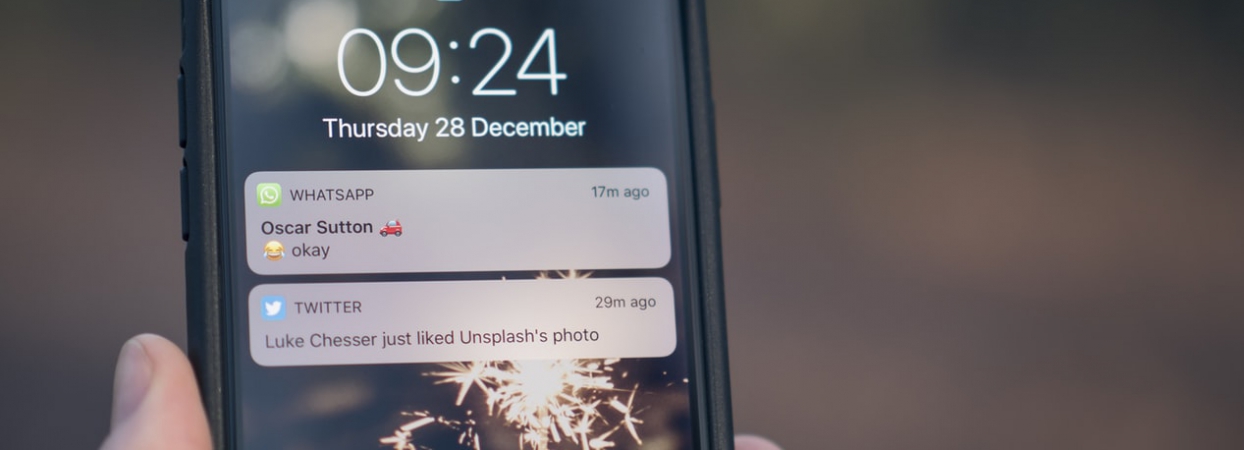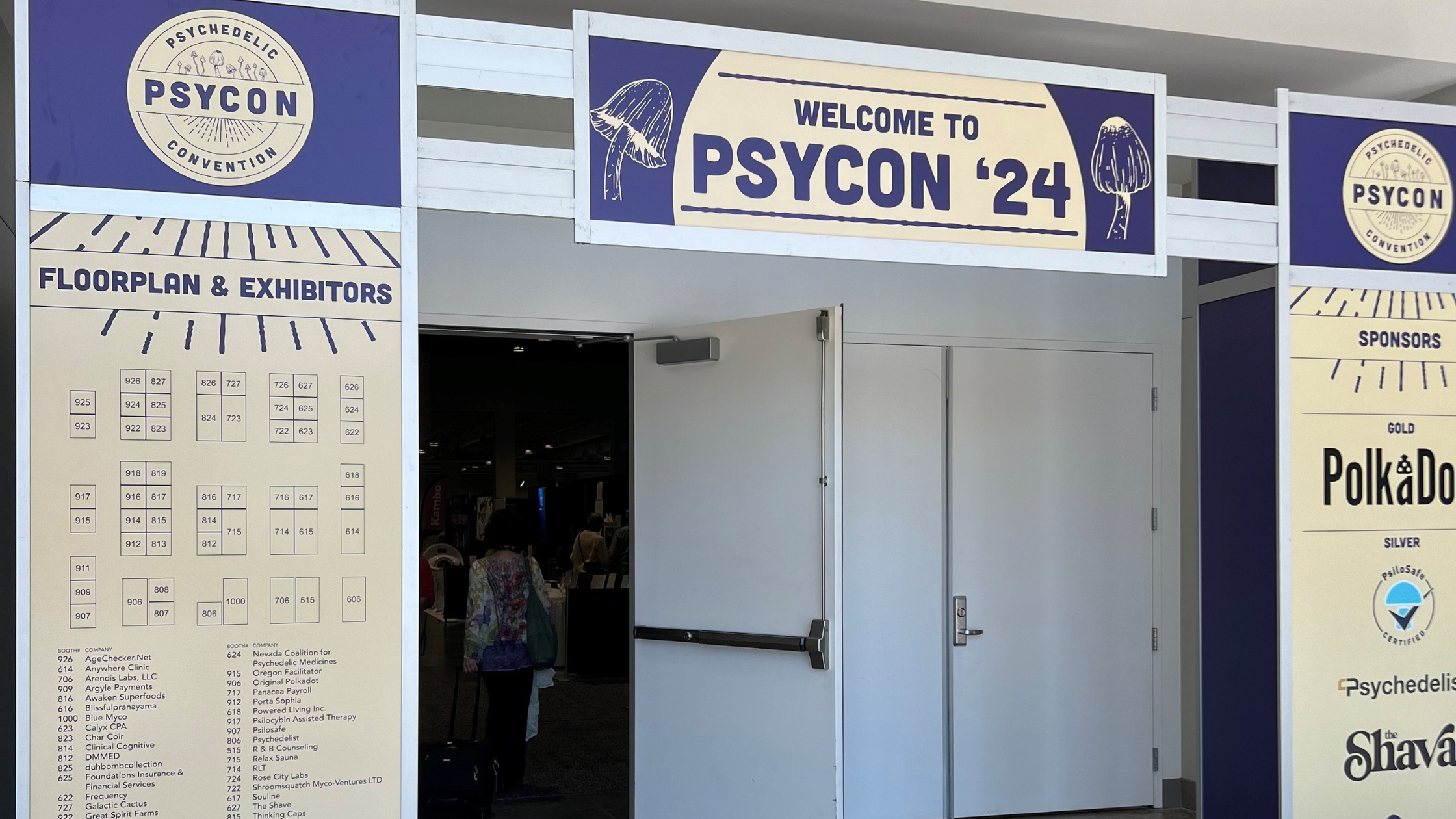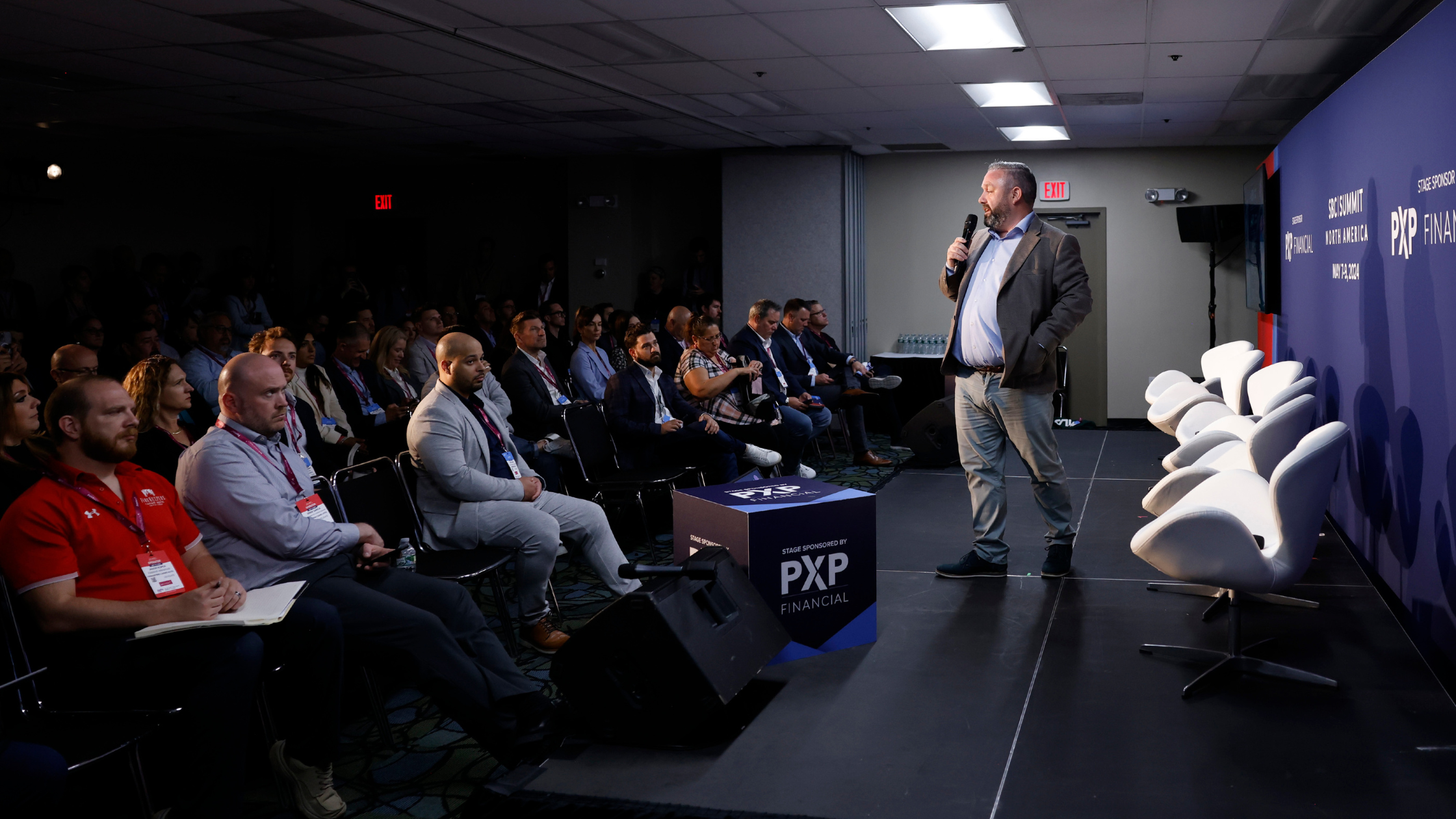Variations of this old saying have been used for more than two centuries by writers and speakers and more recently by musicians like Van Halen, the Grateful Dead, Aerosmith, and Rascal Flatts.
Its most agreed to connotation is one of escalation since a shove is more aggressive than a push. So, when it comes to the web, push and particularly web push notifications are on familiar ground.
Web push notifications are messages sent from a brand’s website or app to consumers who have opted in. Statistics from platform company PushPushGo show they have an 80% market reach. Omni-channel marketing automation company e-goi added results of their studies that showed web push notification
click through rates 7 ½ times higher and opening rates 50% higher than email.
Good news? For some, perhaps. When the pandemic drove more consumers to digital platforms, it created tremendous opportunities for brands utilizing push notifications. However, many consumers soon became annoyed by the numerous and irrelevant notifications they were receiving, and many opted out. Mobile marketing automation company Kahuna’s recent survey revealed that more than 60% of users turn off their push notifications in certain industries.
Consumers want push notifications that are relevant, valuable, and time-sensitive. They also want to trust brands whose messages they’ve opted to receive.
Brands still encourage consumers to opt-in and have an advantage. As with new employees, they can employ an onboarding program for new prospects. Invest a little extra time creating a welcome page for consumers who are thinking about opting in. Besides thanking and welcoming visitors, the page should also highlight the app’s top features. Demonstrate what the brand can to further validate their reasons for wishing to opt-in.
It’s okay to present one or two splash pages and/or in-app messages before asking visitors to opt-in. Just be certain they won’t get confused because there’ll be only one opportunity to opt-in. If visitors click “yes” on the splash page(s), direct them immediately to the official permission page.
Be respectful of consumers’ time and interests. The best way to achieve this is to inform them of the brand’s intent to only deliver the information of interest and then ask their permission to send them a short survey. If they agree, that survey should be multiple choice and include important questions like the frequency of push notifications and their areas/topics/products of interest.
With the information gathered from the survey, personalize, and tailor messages. Targeted ones will deliver better results. When possible, include images as they’re known to help spur interest and motivate people to respond.
Regularly track opt-in as well as delivery and click-through rates. Doing this enables the brand to understand what’s resonating or not with visitors and customers. Make improvements as needed, and when in doubt, run an A/B test.
If the onboarding is clear and educational, push messages tailored to the consumer interests in the frequency they desire, opt-ins will increase, and opt-outs should be minimal. Understanding existing customers and customizing messages to them, along with relevant information, will also boost sales.
Adding Influencers to Your Pet PR Strategy
In the ever-expanding realm of pet products, there is something to cater to every creature's...
Unveiling the Future of Healthcare: Key Insights from PsyCon 2024
2024 PsyCon was a monumental gathering, underscoring the rapid growth and transformative potential...
Navigating the Changing Landscape of U.S. iGaming: 5WPR’s Insights from SBC Summit North America 2024
Last week, 5WPR’s Gaming and Gambling team attended SBC Summit North America 2024, and one thing...



